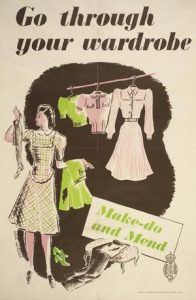
Propaganda during any time was meant mainly for increasing awareness and inevitably support. In terms of war, propaganda can is used in disguise for the public as war time messaging. Sometimes they call out to men, urging them to join and fight for their country, women to take control and make do. This propaganda poster is marketed to women. Women, during WWII mainly those of a higher class. The ministry backing the production of this poster was ‘Her Majesty’s Stationary Office’, information on the production company is very limited. But regarding other poster illustrations, ‘HMSO’ aided in producing other poster images. These images can be seen, again closely addressing women, as see below:
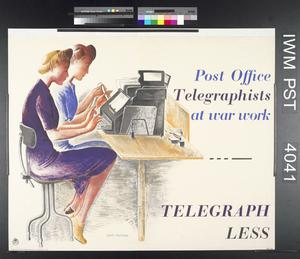
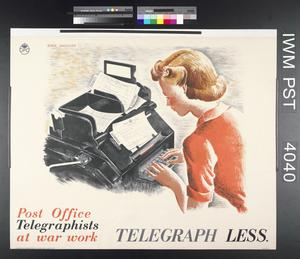
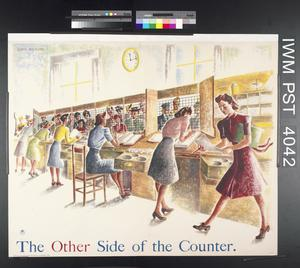
Instead of the upper-class women as in the main poster, these women are seen taking jobs, clerical positions. The illustrator that created the poster for ‘Go Through Your Wardrobe’ is Donia Nachshen. Information on the artist is limited but was found according to the Metropolitan Museum of Art, lived through 1903-1963. Also listed below are some pieces released in 1930 via illustrator Nachshen.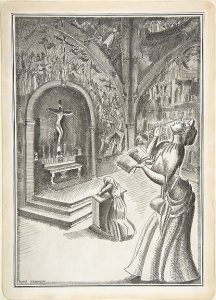
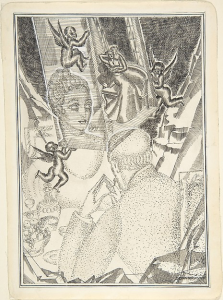
The original poster ‘wardrobes’ is not a part of a lager series. To any of my knowledge and on any other work Nachshen has done, there is no correlation. Also, being that the timing of the poster, the time of origination is unknown.
As touched on earlier, I think that the audience targeted for this poster is higher to well off middle class. The reason why I feel this way is because this poster was defiantly made during war time, specifically WWII. By having a well-dressed, white woman with many choices in outfits the government is sending a message. I feel that the message extends to spending, by telling women if they have clothes home, wash them, fix them and wear them. Establishing a common understanding for hard times and instructing them carry on as business as usual. I can imagine the government thinking that women should keep their nylons, hats and dresses, and try to make them last if they possibly can. In relation to why this poster is deemed to be important is cost effectiveness. If the country is down on hard times, food rationing, loss of jobs and life as well as constant damage budgeting is not a bad idea. The government makes slight suggestions in terms of fiscal need and household budgeting for families, especially women, steering them in the right direction of how to spend their money. Unfortunately, there is not enough evidence on this poster to back up any of my allegations on the meaning of the poster, but it does seem to fit the narrative of this war time era. In a sense, I think that this poster is effective, more of a wake-up call for many people. It in a way, brings down the upper-class women whom are not used to re-wearing or taking care of their clothing to do so just as any other women during that time. Also by keeping people humble, and more efficient in costs.
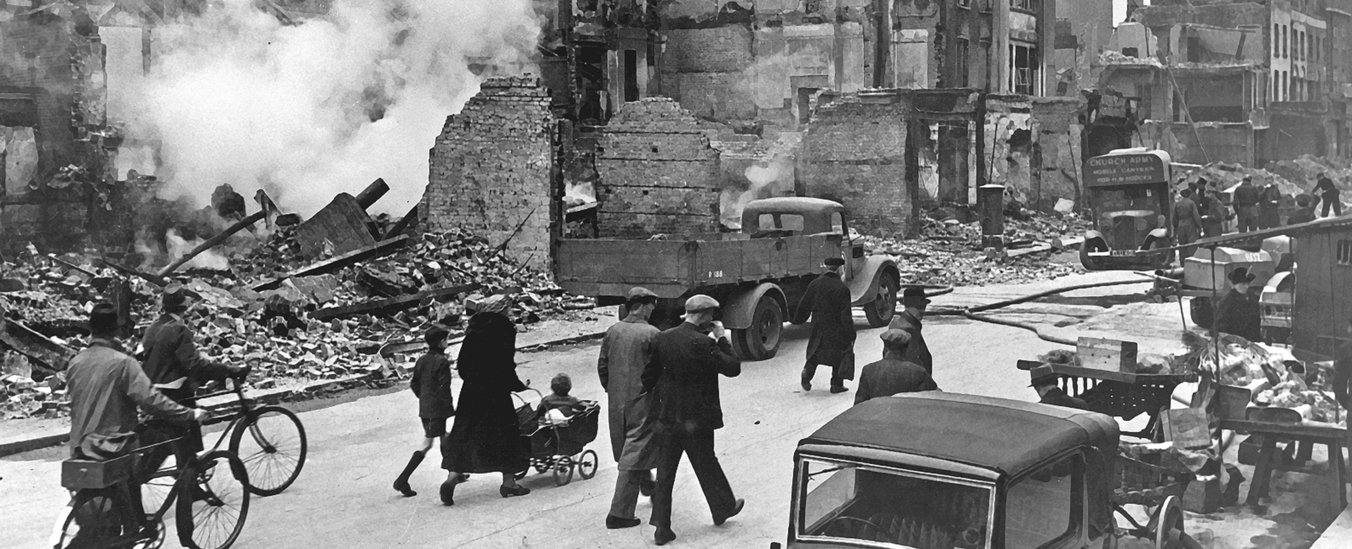






Melissa Dinsman
I question whether the woman in the poster is meant to be upper-class. Don’t you think this would have limited its effectiveness as it would have limited its intended audience? Also, what did you find out about the effectiveness of these saving campaigns?